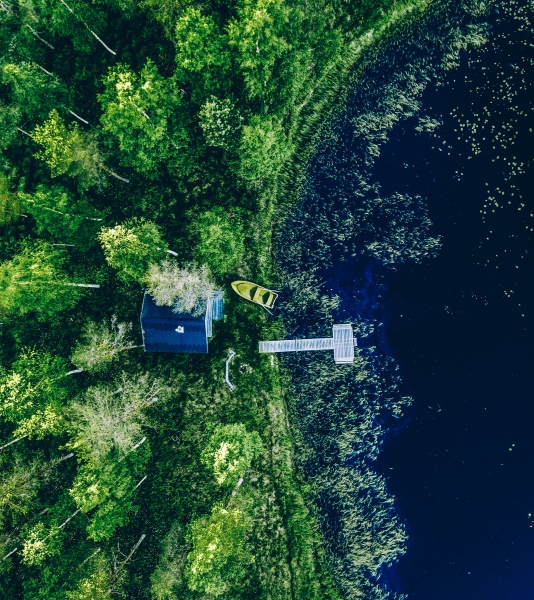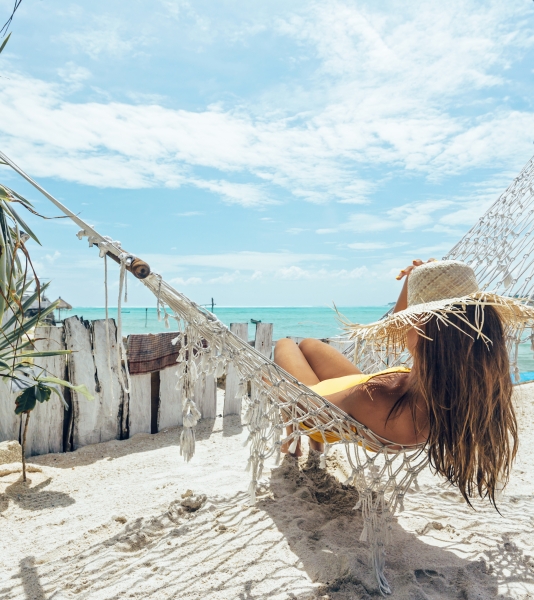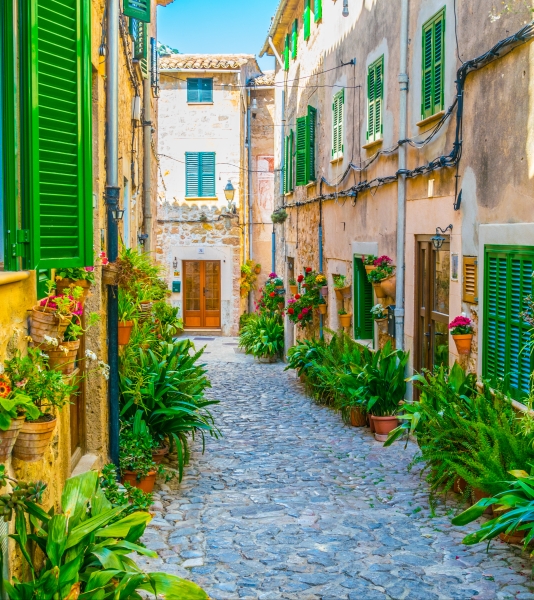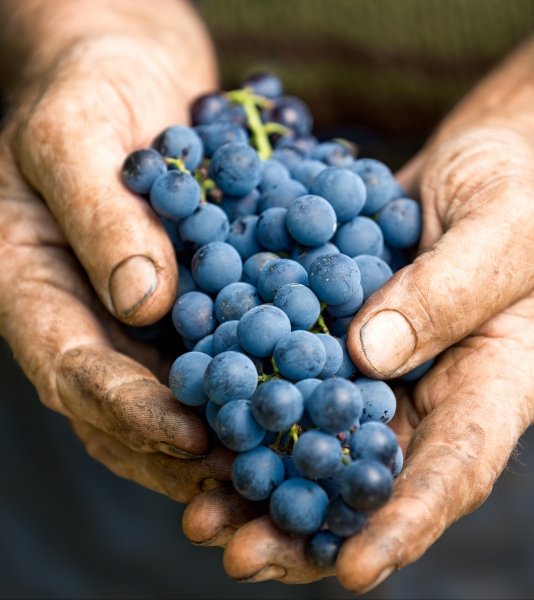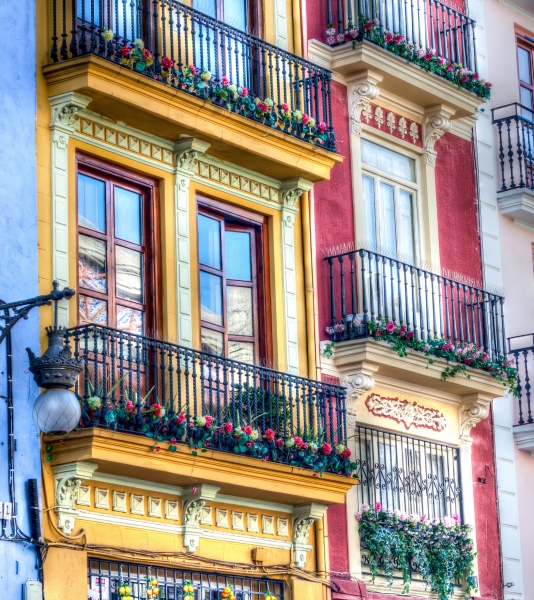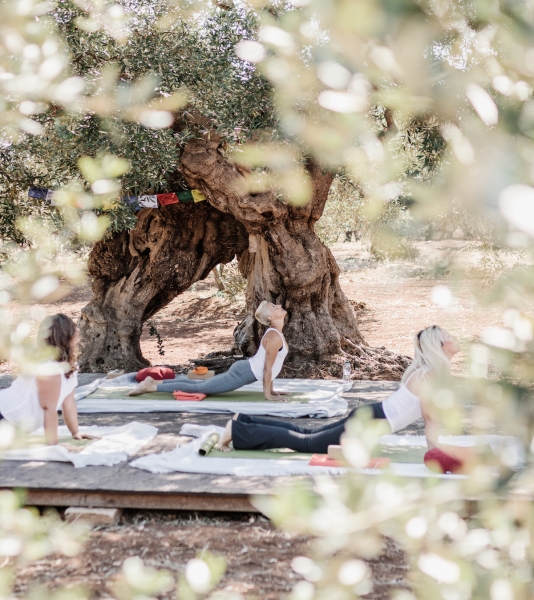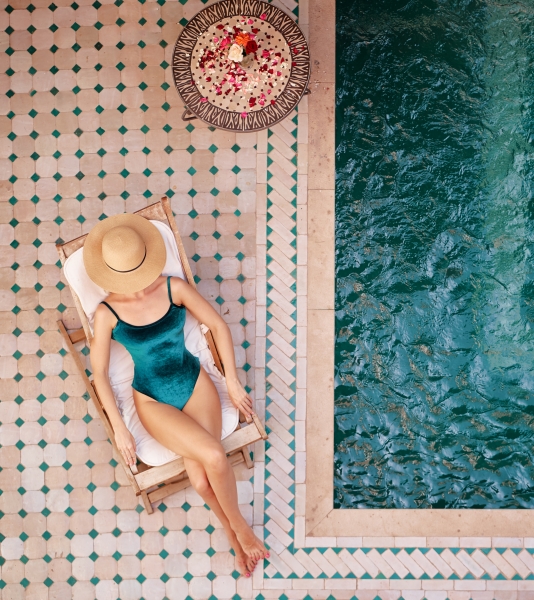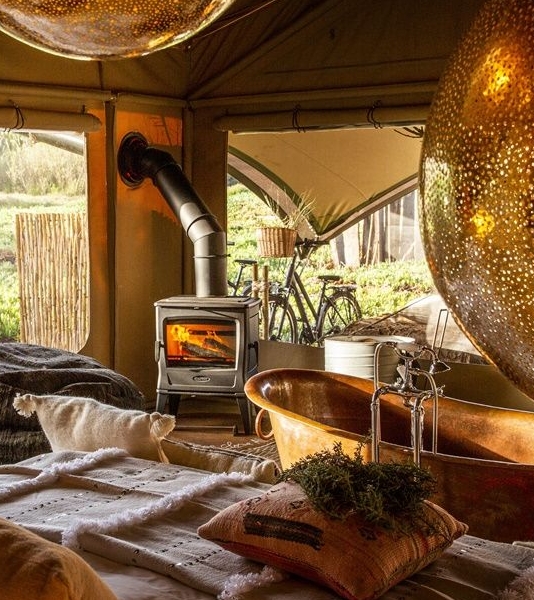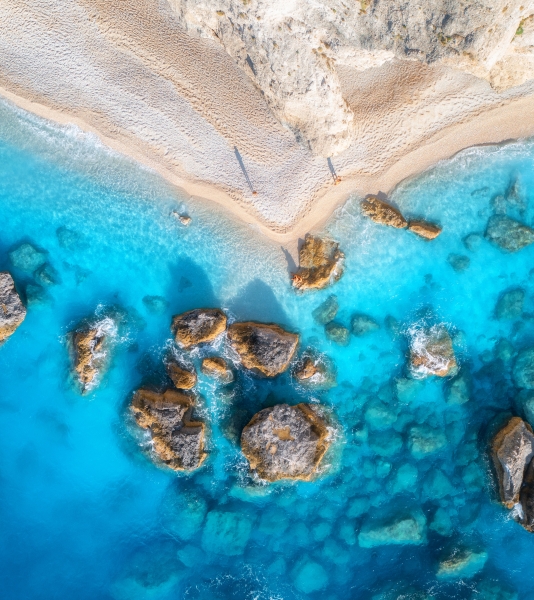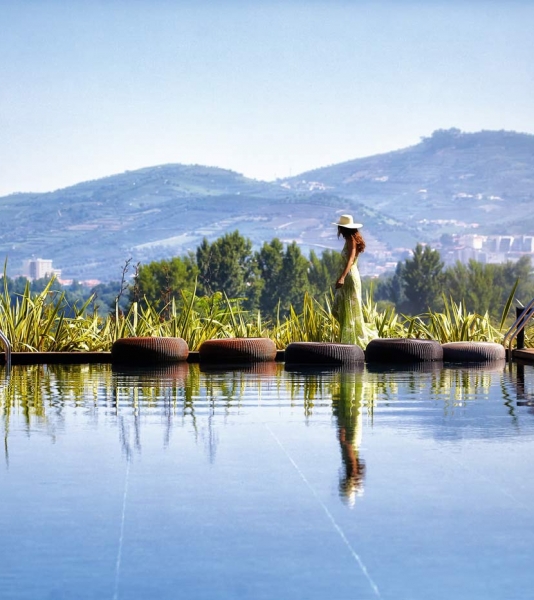Simplicity is a hallmark of Canarian food. One of the key ingredients that can be found in many of its dishes is gofio: toasted wheat or maize grain, a fundamental part of breakfast in these lands and an accompaniment par excellence to the different island stews.
The same simplicity and exquisite flavour can be found in the mojos (or sauces), which accompany most meals. Mojo picón - with pepper, vinegar, olive oil, garlic, cumin, salt and paprika - and mojo verde - made from parsley and coriander, with a milder flavour - have reached the status of true institutions in the Canary Islands.
The Canary Islands, in the middle of the route to America, saw its cuisine enriched with products from there, such as tomatoes, bananas, potatoes and potatoes. The fish is also of high quality. The most outstanding are wreckfish, wreckfish, wahoo, sama, sea bass, sea bream, bream, bogue, mackerel and, above all, vieja (old mackerel). The fish is usually prepared in salt, on the back, or "jareados" (sun-dried and seasoned).
Seafood also enjoys a well-deserved reputation in the Canary Islands. The most typical are the grilled limpet, the burgado and the clam. In addition, the Canary Islands' climate is particularly favourable for the cultivation of tropical fruits such as bananas (the islands' most representative product), papaya, mango, avocado and pineapple.
Local confectionery includes the typical bienmesabes, made with honey and ground almonds; ñames (a local root); pasties stuffed with sweet potato, almonds and sultanas; Quesadillas from the island of Hierro; torta vilana from La Gomera; marzipan and almonds from Gran Canaria; and raspaduras from La Palma.
These islands are home to ten exquisite wine designations of origin: Abona, El Hierro, Lanzarote, La Palma, Tacoronte-Acentejo, Valle de Güimar, Valle de la Orotava, Icoden-Daute-Isora, Monte Lentiscal and Gran Canaria; and some of their own beverages, such as banana liqueur and rum-honey.


